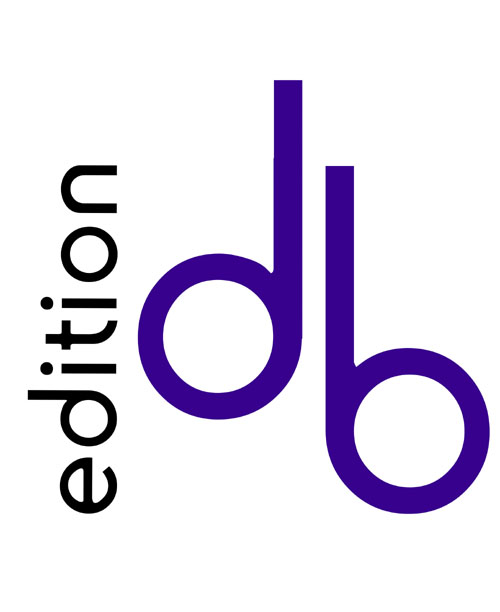
- 7 clarence grove
- horsforth
- leeds, LS18 4LA
- UK
- tel: 0113 258 1300
- order online
- order by fax
- www.editiondb.com
- 0113 258 2556
- info@editiondb.com
Review - Christus factus est by Anton Bruckner, transcribed for 4 horns or Wagner tubas by Robert Ashworth
edb 0104001 Horn Club series
Even though Anton Bruckner wrote much of his First Symphony in a hotel room in Finsbury Circus – just around the corner from the Guildhall School of Music - it was a very long time before his compositions were accepted in England. In the 1911 Encyclopaedia Britannica, Donald Francis Tovey dismissed his work with the memorable assertion that “the Great Pyramid would hardly be more out of place in an Oxford quadrangle than Bruckner’s climaxes in his four-movement symphonies” and it was not until the 1950’s that his “Gothic Cathedrals in sound”, began to discovered by the British concert-going public.
Horn players are probably less aware of the series of motets for unaccompanied voices which Bruckner, a lifelong, devout Catholic, wrote for his Church, than they are of his symphonies. In the motets, he often took the forms and practices of the great Renaissance masters like Palestrina as his models but spiced up his pieces with Wagnerian chromaticisms to create structures even more reminiscent of mediaeval architecture. Bob Ashworth’s transcription of Bruckner’s 1884 motet Christus factus est now gives horn players a chance to experience at first-hand the sonorous grandeur of one of these pieces.
This is gorgeous music and this arrangement is really fun to play. Its technical requirements are within the range of most players, though the first horn needs a sizzling top A and the fourth horn part is very low. Although Bob’s arrangement is intended for a quartet of horns or Wagner tubas it could also be played by horn choir, and in a resonant acoustic, it must sound absolutely magnificent.
John Humphries, The Horn Player, BHS Vol.2, No.3, December 2005
_________________________________________________________________________________________________________________________________
Review - Christus factus est by Anton Bruckner, transcribed for 4 horns or Wagner tubas by Robert Ashworth
edb 0104001 Horn Club series
Bruckner’s famous motet lends itself beautifully to transcription for horns and here is the proof. Mr. Ashworth, a well-known hornist in the UK, has transcribed directly from the original, switching, however, the alto to the third horn and the tenor to second, perhaps as a nod to the traditional voicing of a horn section (i.e., 1-2-3-4). The choice to move the lower parts into bass clef and use “old” notation is a curious one and potentially confusing – some ledger lines are avoided, but the necessity for others is created. Still, once you get past that, the edition is clean and easy to read, and this really is a beautiful piece of music. I’d really like to hear it on Wagner tubas!!!
Jeffrey Snedeker, The Horn Call, IHS, Vol XXXVII No.3, May 2006